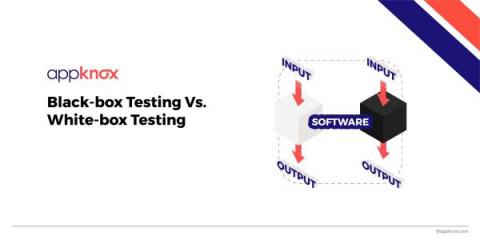Vodafone Bundles Lookout with Google Workspace to Protect Small Businesses
Even before working from anywhere became the norm, organizations of every size were already becoming more reliant on mobile devices and productivity apps. But this reliance has also opened users, devices and data up to more risk. This is why we are thrilled to see our friends at Vodafone offering a new bundle for small businesses that brings together Lookout for Small Business mobile security and Google Workspace, a suite of collaboration and productivity apps by Google.











